The Ultimate Guide to Steel Warehouse Structures
In the realm of industrial construction, the choice of materials plays a crucial role in determining the durability, efficiency, and overall cost-effectiveness of a building. Among the various options available, steel stands out as a superior choice for warehouse structures. In this guide, we will delve into the myriad benefits of steel warehouse structures, exploring their design flexibility, cost advantages, and long-term durability.
What is a Steel Warehouse Structure?
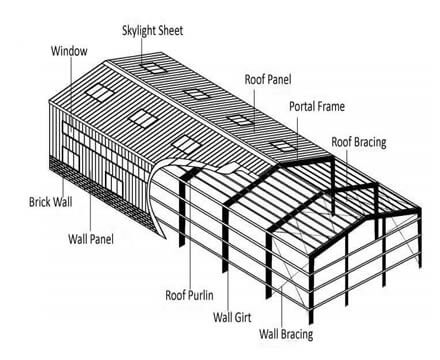
A steel warehouse structure is a building framework constructed primarily from steel components. These structures are widely used in industrial and commercial applications due to their robustness, versatility, and efficiency in terms of both time and cost.
Benefits of Steel Warehouse Structures
1. Durability and Strength
Steel is renowned for its high strength-to-weight ratio, which means it can support heavy loads without requiring large, cumbersome support columns. This feature is particularly beneficial for warehouses, where open floor space is essential for storage and operations.
2. Design Flexibility
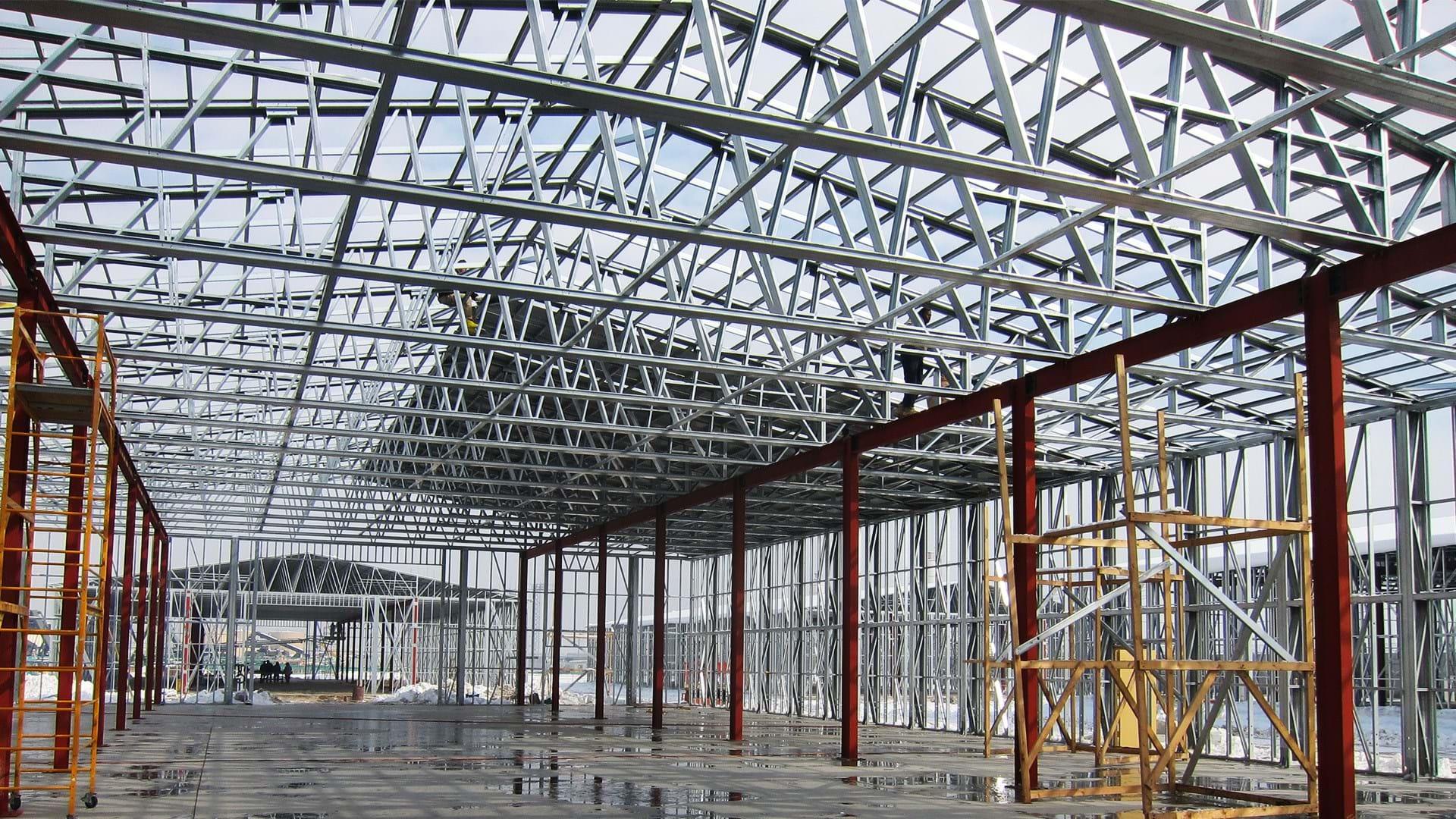
Steel allows for a wide range of design possibilities, enabling architects and engineers to create custom layouts tailored to specific needs. Whether it’s accommodating large machinery or creating multi-level storage solutions, steel structures can be adapted to fit any requirement.
3. Cost Efficiency
Steel warehouse structures are often more cost-effective than traditional building materials. The prefabrication of steel components can significantly reduce construction time and labor costs. Additionally, steel’s durability means lower maintenance and repair expenses over the building’s lifespan.
4. Sustainability
Steel is an environmentally friendly material, being 100% recyclable without losing its properties. Using steel for warehouse structures contributes to sustainable building practices and can help companies achieve green building certifications.
5. Speed of Construction
Prefabricated steel components are manufactured off-site and then assembled on-site, which accelerates the construction process. This method not only reduces the time needed to complete a project but also minimizes on-site disruptions.
Key Components of Steel Warehouse Structures
1. Primary Framework
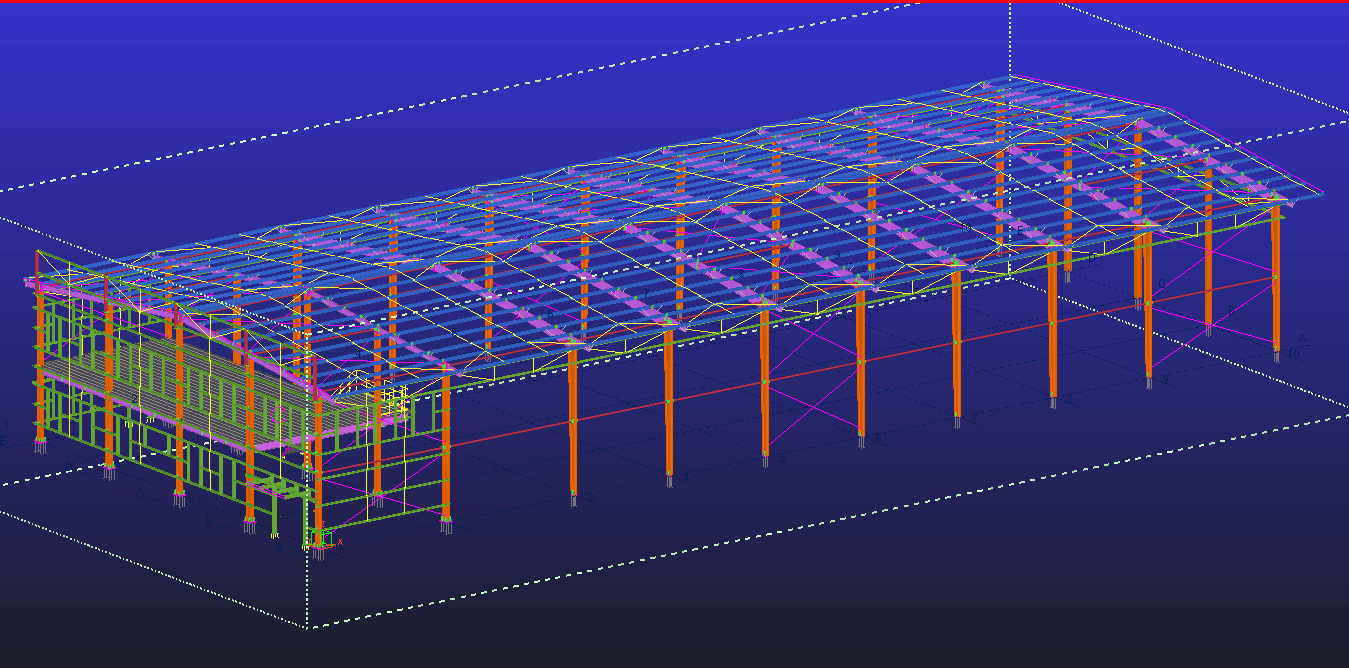
The primary framework consists of steel columns and beams that form the skeleton of the warehouse. These elements provide the main support for the building.
2. Secondary Framework
Secondary components, such as purlins and girts, are attached to the primary framework. They provide additional support and create the structure’s shape and stability.
3. Cladding and Roofing
Steel warehouse structures typically feature metal cladding and roofing, which offer protection from the elements and contribute to the building’s overall insulation and energy efficiency.
4. Insulation and Ventilation
Proper insulation and ventilation are crucial in a warehouse setting to maintain a controlled environment. Steel structures can be easily insulated, and ventilation systems can be seamlessly integrated into the design.
Design Considerations for Steel Warehouse Structures
1. Load-Bearing Capacity
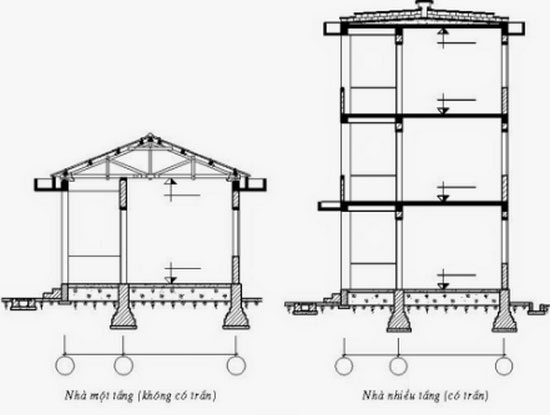
Understanding the load-bearing requirements is essential to ensure the steel structure can support the weight of stored goods, machinery, and potential snow or wind loads.
2. Local Building Codes and Regulations
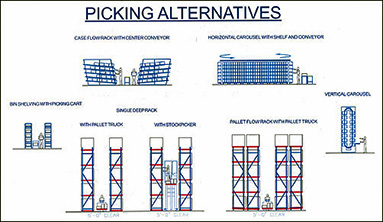
Compliance with local building codes and regulations is mandatory. These codes dictate various aspects of the construction process, including safety standards and environmental considerations.
3. Future Expansion
Steel structures offer excellent scalability. Planning for potential future expansion can save time and costs down the line, allowing the warehouse to grow with the business.
Conclusion
Steel warehouse structures offer unparalleled benefits in terms of strength, versatility, and cost-effectiveness. Their rapid construction and sustainable nature make them an ideal choice for modern industrial and commercial applications. By opting for a steel structure, businesses can ensure their warehouse meets current needs while being adaptable for future growth.
Whether you’re constructing a new warehouse or considering an upgrade, steel is a smart, reliable, and sustainable choice that will serve your business well for years to come.
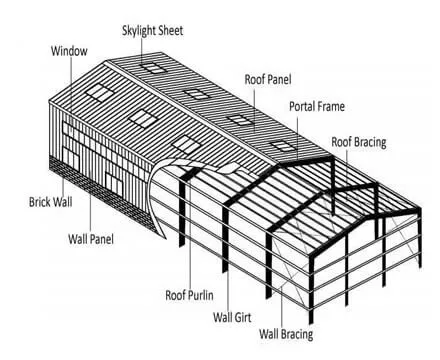

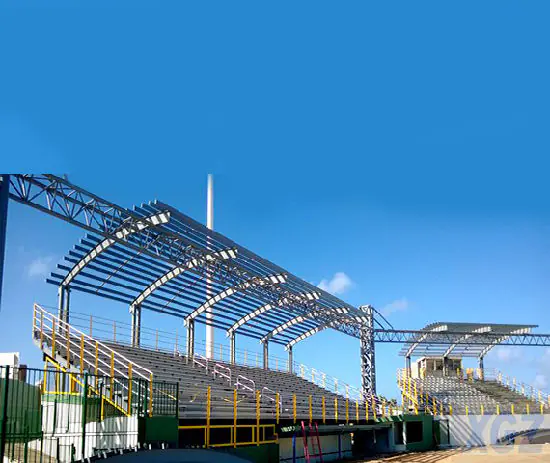
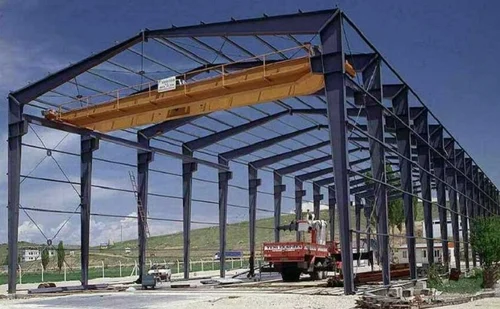
Post Comment